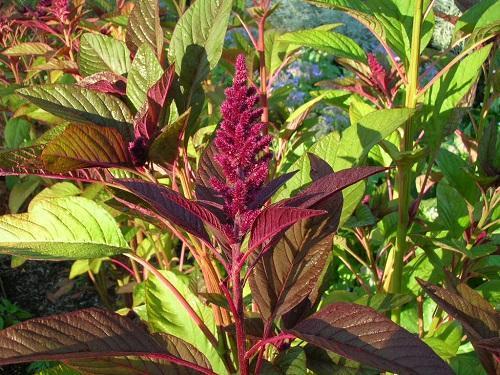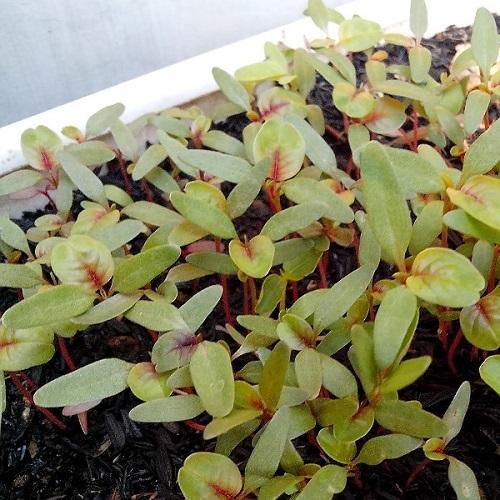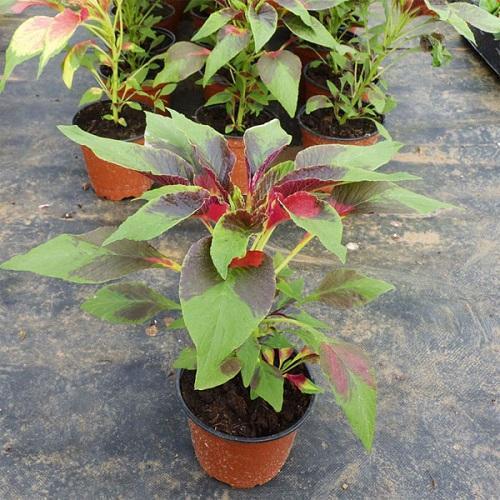Growing amaranth seedlings - rules and tips
Quite often, on the flower beds, there are tall bushes with plump long burgundy panicles. Many people simply pull it up like weeds and - make a mistake. This is far from a weed, but an annual cultivated amaranth plant... It serves not only for decorative purposes, but is also widely used as a green manure, for animal feed, in cooking and even in folk medicine. Therefore, many amaranth are grown on purpose, and often on a large scale.

If there is no need for the earliest possible receipt of seeds or flowers, amaranth is sown directly into open ground. To accelerate the growth and ripening of seeds, it is better to use the seedling method of growing amaranth, because in this case it will have time to bloom before the frost begins. Simple rules and small tips for growing amaranth seedlings for your attention.
Sowing amaranth seeds for seedlings

It is better to sow seeds for seedlings at the very beginning of spring. It is good to use peat pots for these purposes, since the plant loves loose soil. It is enough to lightly cover the seeds with earth, there is no need to tamp it. Cover with foil to create a greenhouse effect. If the planting was not piece by piece, after the emergence of seedlings, the seedlings must be thinned out and left in the pot, one plant at a time.
Seedling care consists in regular watering. To prevent the seedlings from stretching, they must be hardened: containers with seedlings should be taken out into the open air, gradually increasing the time spent outdoors.
Planting seedlings in the ground

The amaranth seedling will be ready for transplanting into open ground in about a month. Immediately before planting the seedlings, it must be well watered so that when removing it, it does not damage the root system. The transplant should be done in cloudy weather, and if nature is "pumped up" and there are sunny days, it is better to wait until evening. In this case, the planted seedlings are recommended to additionally darken.
Amaranth seedlings should be planted in a reclining position, sprinkling with earth until the very first leaf. The distance between two plants should be at least half a meter, and when planting in rows, up to 80 cm is left between them.
Dense plantings of amaranth will adversely affect its stems - they will begin to stretch and break.
Proper care of amaranth in the process of further growth

Amaranth is absolutely unpretentious in care, it is enough to water it in time and huddle the rows. It will take time to weed the weeds only in the first month after planting in the ground, until the plant grows up a little and gains strength. From the second month, amaranth will enter the phase of active growth, on the day the top will stretch by 7 cm, and no weeds will be afraid of it anymore. It remains only to make sure that the soil under the amaranth does not dry out, and water it regularly.
To increase the number of side shoots and ovaries of fruits at the end of June in amaranth, you need to pinch the top. The culture is capable of growing on poor soils, but it is still better to feed with a solution ash and mullein.
The greens are harvested at a bush height of 25 cm, and the seeds ripen in September. Due to the fact that the amaranth seeds are very small, not all ripen at once and therefore crumble, the panicles are recommended to be cut and dried in a dark room.